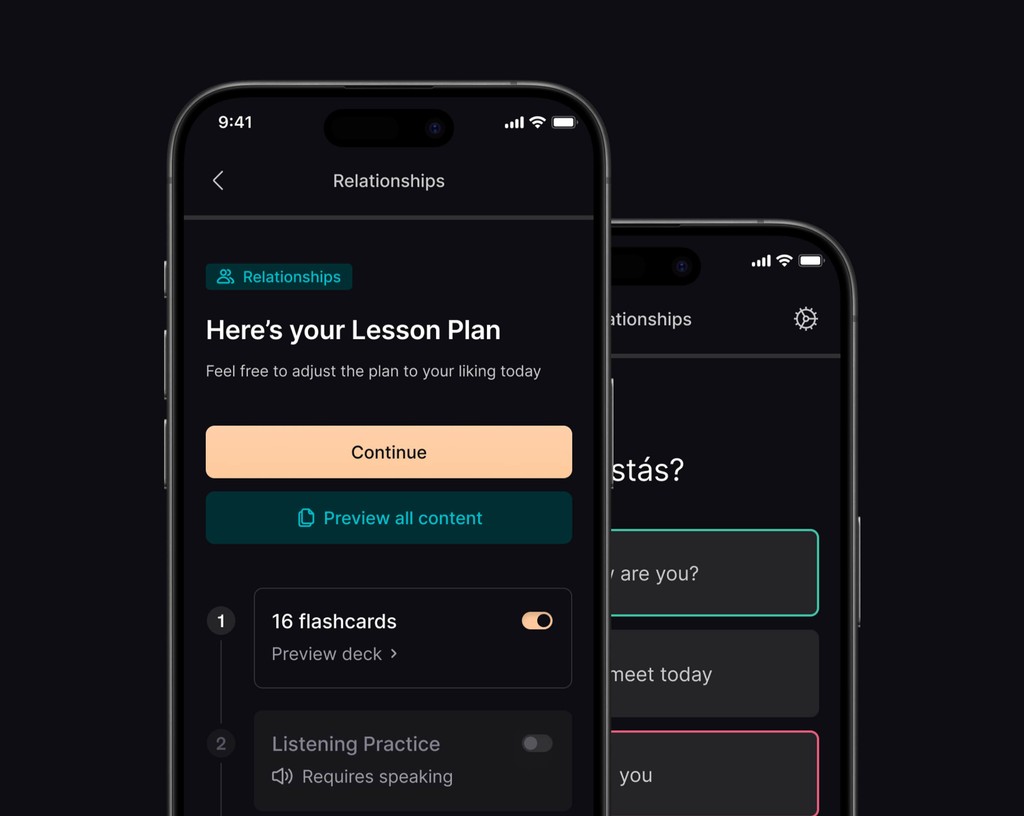Embracing AI as a Tool
2 mar 2025
Culture Shock
Many teachers feel understandable anxiety about integrating artificial intelligence into the classroom. You're not alone—two out of three educators have yet to explore AI in teaching (EdWeek.org). Common concerns include a lack of time and training, fears of AI encouraging cheating, or worries that students might become overly reliant, weakening their critical thinking skills. Nearly half of teachers say they're simply overwhelmed with existing priorities and hesitant to experiment with unfamiliar tech (EdWeek.org).
Yet, beneath these fears lies a transformative truth: AI isn’t here to replace you, but to enhance what you already do best. Think of it as a powerful assistant, managing repetitive tasks so you can invest more deeply in your unique strengths—mentorship, creativity, and personal connections with students.
AI as an Ally, Not a Threat
The essential insight is that AI is fundamentally a support tool, not your substitute. Just as calculators and computers revolutionized classrooms by handling tedious computations, AI manages mundane administrative tasks, such as grading quizzes or tracking student progress, giving back invaluable time to teachers (ToddleApp.com).
Critically, AI cannot replicate the emotional intelligence and adaptive mentoring you provide daily. Education experts emphasize this repeatedly: "AI should augment, not replace, the role of teachers" (ToddleApp.com). Machines can quickly analyze responses or generate practice materials but cannot foster the deep cognitive and social relationships that define effective teaching. In short, AI amplifies your teaching—it never supersedes it.
Real, Practical Classroom Applications
AI isn't futuristic fantasy; it's already transforming classrooms through practical, proven methods:
Adaptive Testing & Immediate Feedback
AI-driven assessments dynamically adjust question difficulty to identify student proficiency more accurately and efficiently, removing grading burdens. Teachers report significant time savings using AI to grade essays, allowing students quicker feedback and accelerated learning (CalMatters.org).
Personalized Curriculum Tailored to Each Learner
AI tools simplify differentiating instruction by automatically customizing lesson plans to individual student needs. Platforms like CultureShock create interest-based lessons from real-world content, aligning seamlessly with educational standards, ensuring relevance and engagement for each student.
Enhanced Language & Literacy Practice
AI writing assistants provide instant, actionable feedback on student drafts, rapidly improving writing skills. In language learning, AI-powered speech recognition offers students judgment-free practice, correcting pronunciation and grammar with patience and precision—boosting confidence in communication skills (HongKongTESOL.com).
Real-Time, Personalized Tutoring
AI "tutor bots," like Khan Academy’s Khanmigo, deliver personalized guidance, pose Socratic questions, and provide step-by-step support, effectively serving as virtual teaching assistants. Over 70% of teachers found AI helpful in managing classroom demands while simultaneously offering students targeted assistance (Edutopia.org).
24/7 Student Support
AI enables around-the-clock learning support, extending your reach beyond classroom hours. Pilot programs, such as those in New Hampshire schools, provide students on-demand assistance without doing the work for them—maintaining rigorous standards while offering continual guidance (GovTech.com).
Small Steps, Lasting Impact
You might be wondering, "This sounds great, but how do I start without overwhelming myself?" The solution: start small and safe.
Behind-the-Scenes Assistance: Begin by using AI to generate quiz questions or vocabulary exercises, adjusting them slightly to fit your class.
Efficient Differentiation: Let AI help simplify or enrich assignments to better match varying student abilities.
Grading Support: Pilot AI-assisted essay grading to significantly reduce marking time, while retaining final oversight and quality control.
Educators who've adopted these small-scale experiments report remarkable outcomes—reduced workloads, improved student engagement, and enhanced teaching effectiveness. One veteran teacher remarked that AI grading cut her assessment workload from hours to minutes, boosting both teaching quality and student outcomes (CalMatters.org).
Trying AI Safely and Effectively
If the classroom integration feels daunting, start by personally experimenting with an AI chatbot for fun, like planning a hypothetical weekend or creating recipes. This informal experience builds confidence and understanding. Then, gently introduce AI into your class with optional assignments or extra-credit activities, discussing openly with students about their experiences. Each small, manageable step will demystify AI, showing clearly what it can—and can't—do.
The Future is Already Here—Step into It
AI in education has moved beyond futuristic speculation into practical reality, offering immediate, measurable benefits. Far from diminishing your role, AI strengthens your capacity to reach each student more deeply and effectively.
Top educational platforms, including CultureShock, prioritize your teaching needs, seamlessly integrating into familiar workflows. AI takes care of repetitive tasks like curriculum creation and assessment, leaving you fully in control.
So why wait? Give AI a small trial run. Choose one lesson or activity to enhance with AI tools. Experience firsthand how easily it complements your teaching approach and how little you need to change to significantly elevate your impact. The journey toward a smarter, lighter workload—and more engaged students—begins with a single, confident step forward.
¿Listo para aprender?
Get immersed
in any language
Únete a CultureShock hoy y aprende a conversar con confianza, en cualquier lugar del mundo.




